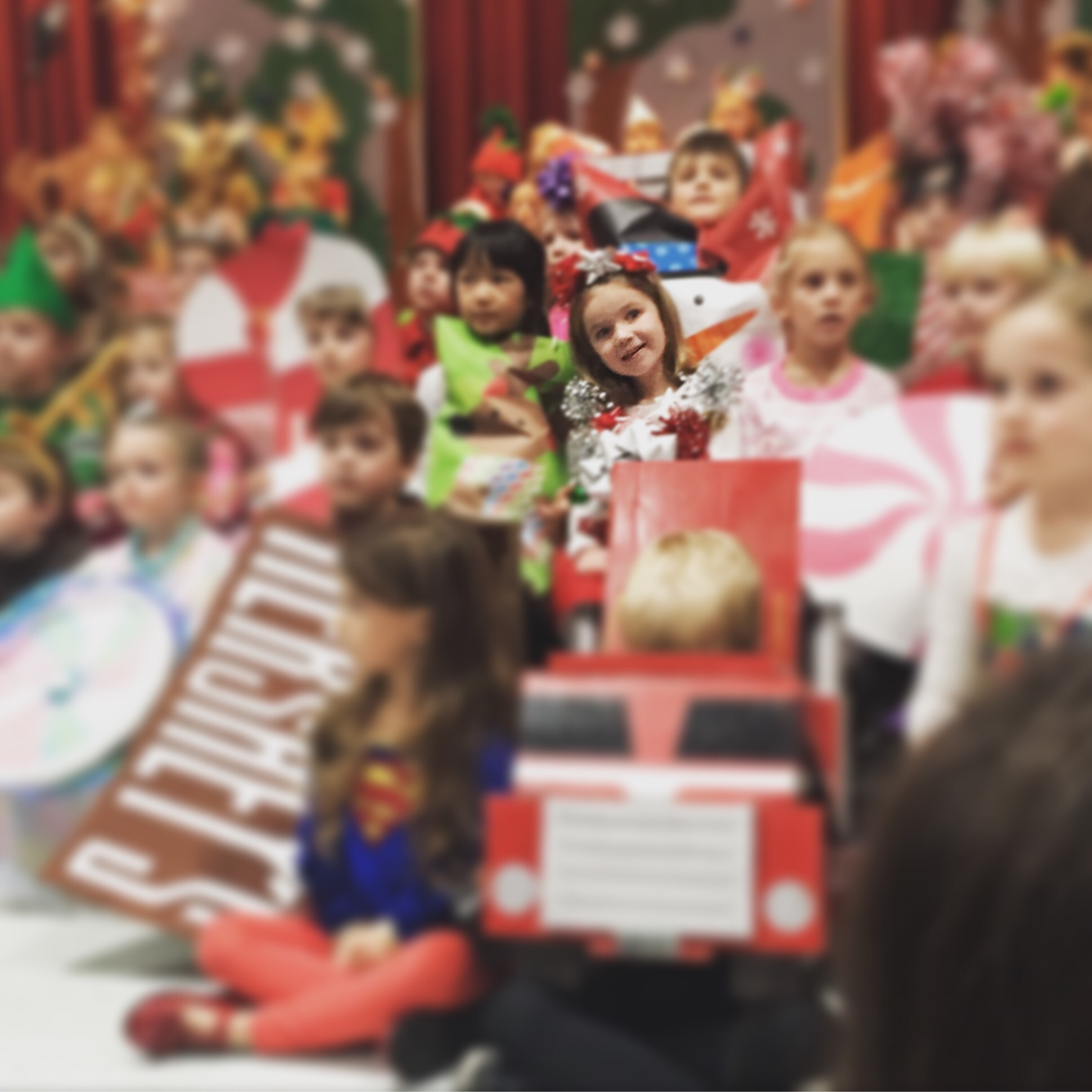Thanks to the rise of technology, we are a people poorly practiced in waiting. We can get anything we need or want, any time, in a matter of seconds or in a day, be it information or stuff, or even groceries. When you really stop to think about it, that’s pretty wild.
At any rate, here we are. Waiting.
2020 has been nothing if not a year of uncertainty. A year of waiting. We have been waiting on the rise and fall of coronavirus like watching waves in a bewildering storm. We have waited for schools to open, for quarantines to pass. For friends and family members to get better or worse. We have waited for employers to give word on jobs, for governors and mayors to open or close places of business. We have waited for doctors to find treatments. We have waited for researchers to discover vaccines. We have waited for courageous volunteers and patients to take them and see if and how they work.
We are still in the thick of the pandemic, now not only waiting for an end to this virus, but also an end to the election. Tensions are high, but we scarcely have the energy required to make it to the finish line. We are all so tired.
Several years ago, I had a health scare, and in the midst of it we had to do some waiting. Waiting on something like that when you have preschool aged children and a new baby at home is … well, it’s really something. But what it taught me, beyond gratitude in the extreme, is that the work of waiting is so important.
Waiting has a way of winnowing us down to the soul-level; waiting is where things get real. It’s where our mettle is tested, where our best and worst inclinations are revealed and overcome.
Waiting is a holy place. In it, we hold hope and despair, joy and sorrow and uncertainty. We stand in the space between what was and what will be. In waiting there is fear, so much fear. There is wanting in its most basic and tender form. Waiting humbles us. It demands of us a sort of divine fortitude, and the journey, no matter how long is always harrowing. It reminds us that we are unfinished and imperfect and absolutely, positively, heartbreakingly human.
I don’t have any wisdom to offer as this comes to a close, but I do know that waiting prepares us for whatever it is that’s on the other side. It is the essential breath we take before the doing.
I hope that as we all wait for the votes in this election to be counted, we will push ourselves to do more than just refresh the browsers on our phones. We are in a moment that, despite the static nature of waiting, demands a very particular kind of work. Regardless of the election’s outcome, regardless of who you were for or against, we are headed into a moment that will require the best of what is within us to do the hard, peaceful work of reckoning and reconciliation.
We can do this, America! But first, we have to wait.








